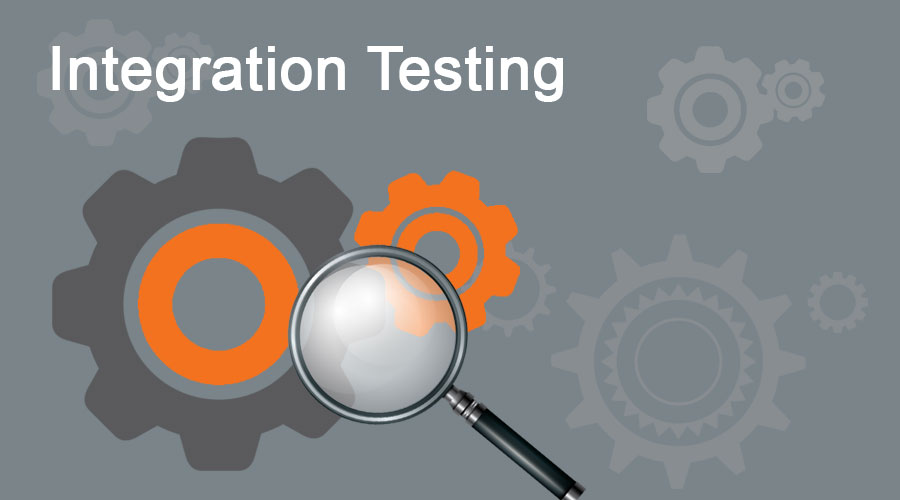The integration testing definition refers to analysing the communication between separate software modules. Normally, the project team has to unit test the machine before moving on to integration testing. From the software development life cycle, integration testing is the next step.
The main aim of integration testing is to make sure the differences in logic patterns developers use when creating a module do not undermine the connectivity of the system. There are several methods to integration testing:
In case one of those modules isn't ready for testing yet, QA teams use stubs.
Bottom-up integration testing is the contrary method to top-down integration testing. It implies validating basic modules first and integrating the complex ones later. The rationale behind the strategy is that it requires less time to make a low-level module -- that is why such components should be tested even if the more complex areas of the system are still in evolution.
Big bang. If the testing team selects this strategy, it means that all modules will be tested simultaneously. QA experts that execute tests by the big bang framework don't test modules separately and wait until they are wholly complete. This type of testing strategy is not the most efficient due to the high likelihood of missing important defects during testing.

Mixed (or sandwiched) integration testing is a synchronized adoption of top-down and bottom-up practices. By following this strategy, the testing team does not necessarily have to wait till either high- or non invasive modules are fully coded, testing whichever of the two is ready.
Integration Testing Objectives
By conducting integration testing, teams intention to make certain that the machine does not have any connectivity or communication issues on the degree of software modules. If undetected, integration failures are difficult and expensive to fix following the product's launch as programmers have to make in-depth system-level changes to remove these flaws.
After the integration testing process is complete, the testing team can concentrate on validating end-user journeys and endurance.
The main integration testing objectives go as follows:
Making certain software modules work well when you integrate them together. Integration testing ensures that the connection between modules matches the requirements specified by the testing plan.
Locate interface errors. During integration testing, both operational and non-functional interface elements are validated. After completing a string of integration tests, the testing staff ought to have full confidence in the performance of the program's interface.
Ensure the synchronization between modules. Integration tests help project teams make sure that software modules can function with no defects simultaneously and are totally synchronized with each other.
Fixes exception handling defects. Exception handling mechanisms are crucial for high-assurance systems. Usually, such mechanisms are presented in many programming languages. But, QA teams will need to make certain that the program is well shielded against exclusion handling defects -- integration testing helps pinpoint weak spots and red flags and mitigate the dangers prior to the launch of the final construct.
Benefits of Integration Testing in Software Development
Integration testing in software testing is a must-have. It helps teams pinpoint weak areas and system defects at the early phases of growth and promotes more confidence in the product.

Here are some integration testing benefits:
Relatively fast testing procedure . Even though it takes more time to conduct integration tests, instead of validating different system units, the procedure boosts the speed and eases end-to-end testing.
High code coverage. Integration testing has a large range, allowing QA experts to test the whole system. The odds of missing out on a critical connectivity flaw after a set of integration evaluations are slim. Aside from that, the practice is easy to keep tabs on.
Efficient system-level issue detection. Integration testing falls under the definition of system-level testing because a tester must combine modules and confirm their joint performance. Later, the staff will find a better look in the system's overall functionality by moving on to another phase -- procedure testing.
Detects bugs early as it is run in the first stages of development. Adopting integration testing enables the project team to pinpoint security and connectivity issues in the early stages of development. As such, integration testing provides developers superior control over the product and promotes the comprehension of program vulnerabilities.
Comments
Post a Comment